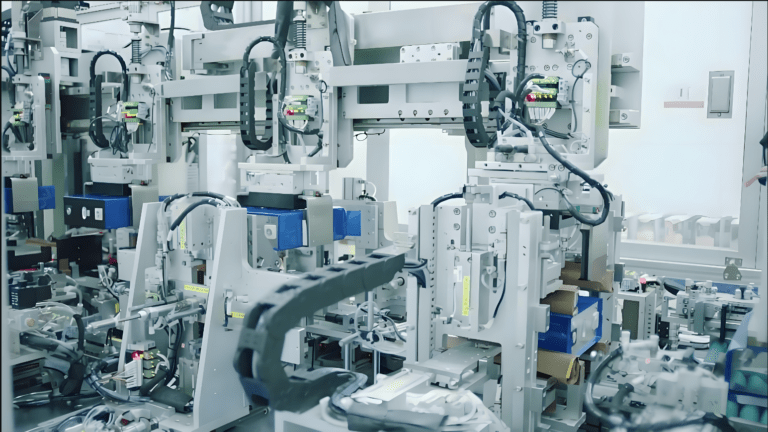This is a guideline for someone who wants to know the details of establishing a Commercial&industry solar system
Site Selection
Site selection for energy storage stations is a crucial step in the early stages of construction. The choice of location needs to consider factors such as geographical position, geological conditions, climate, as well as the demands of the power system and future expansion possibilities. Design considerations include the type, capacity, and layout of energy storage equipment, as well as the design of the power system and control systems. General principles include:
- Distance from Offices and Crowded Areas: Preferably choose a location away from offices and crowded areas, close to the distribution room at the point of connection (recommended within 100m), and convenient for cable layout.
- Transportation and Load-Bearing Ground: Select a site that is easily transportable, suitable for lifting, and has load-bearing capacity.
Choice of Energy Storage Equipment:
Selecting energy storage equipment is a crucial aspect of constructing an energy storage station, directly impacting operational efficiency, safety, and stability. The two main technological routes in the current market are centralized storage and distributed storage, each with its own advantages and disadvantages.
Centralized Storage:
- Advantages: Large scale, lower unit cost, suitable for widespread application, and cost-effective operation.
- Disadvantages: Longer construction period, larger footprint, less precise control, and potential safety hazards.
Distributed Storage:
- Advantages: More flexibility, quick response, fine-tuned management, higher efficiency for limited spaces and shorter construction periods.
- Disadvantages: Higher unit cost, less economy of scale, and may require more sophisticated management.
When selecting energy storage equipment, considerations include the specific requirements, advantages, and disadvantages of the chosen technological route, as well as the quality and performance of equipment and materials. Manufacturers with integrated capabilities (PCS, BMS, EMS) generally provide better overall system compatibility and stability.
Construction and Installation:
Construction and installation are critical phases in energy storage station construction. Adherence to safety regulations and technical standards is essential. Incorrect installation may lead to abnormal equipment operation and potential accidents.
During installation, factors such as equipment placement, arrangement, and spacing must strictly adhere to design requirements. Incorrect installation may lead to abnormal equipment operation and potential accidents. Additionally, equipment debugging and testing are indispensable to ensure normal operation under various conditions.
Equipment and System Safety:
Quality battery cells, multiple safety designs, comprehensive protection, and precise monitoring at the cell level contribute to the safety of energy storage equipment. Regular evaluation, optimization, and control of power system stability are necessary.
Fire Safety and Protection:
Fire safety and protection are crucial for the overall safety of energy storage stations. Measures such as advanced fire systems, the use of fire-resistant materials, and regular fire drills effectively reduce the likelihood of fires and ensure a rapid and effective response when they occur.
Operation and Maintenance Safety:
Regular inspections and maintenance, including equipment checks, alarm system testing, and power system monitoring, are necessary for operational safety. Employee training and education play a vital role in maintaining safety awareness and operational skills.
Conclusion:
As industrial and commercial energy storage construction continues to evolve, it is essential for businesses to recognize the importance of energy storage technology. The application of energy storage technology not only improves the efficiency of power systems but also reduces operating costs and enhances market competitiveness.
In summary, industrial and commercial energy storage, as a crucial aspect of future power system development, holds significant implications for improving efficiency, lowering operational costs, and promoting the optimization and upgrade of the energy structure.




